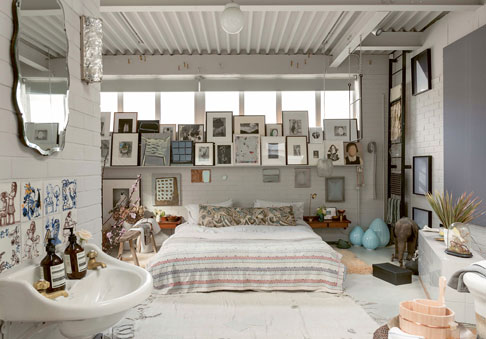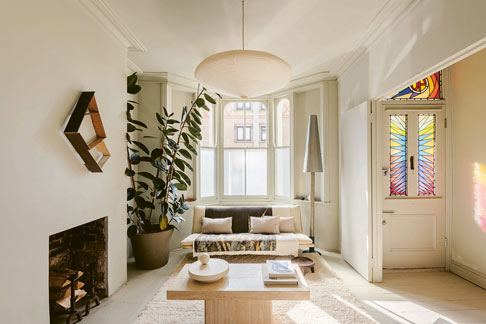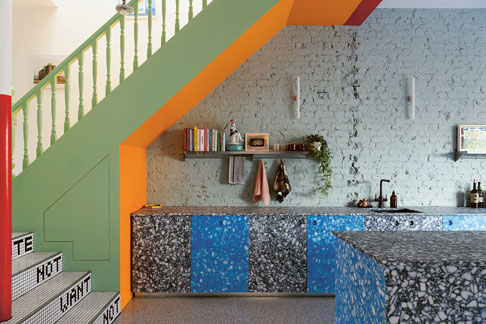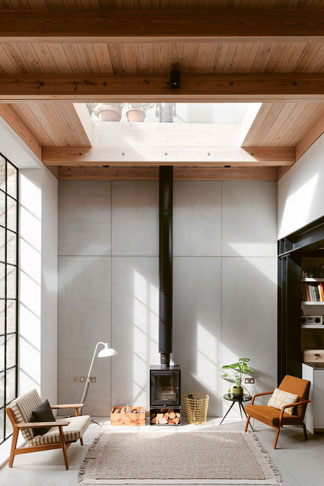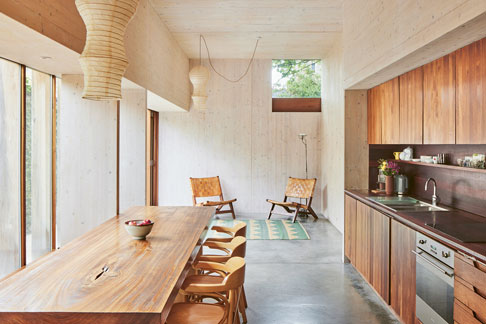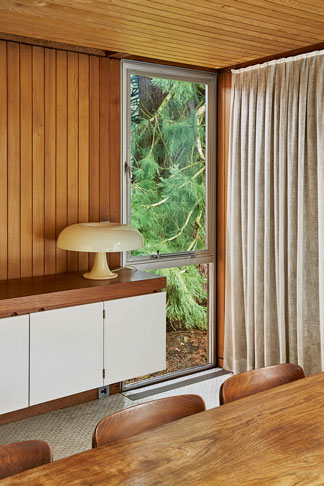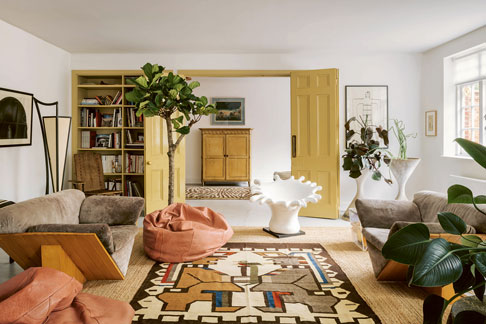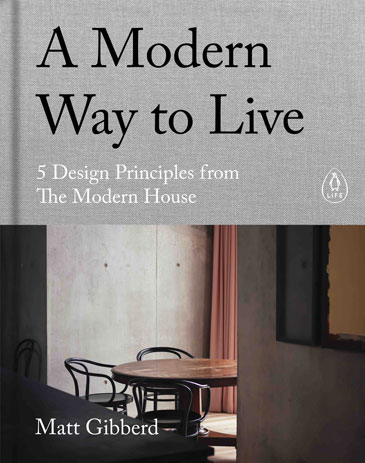Delight your favourite fresh air lover, walker and outdoor fitness fan with one of these top picks. By Abi Jackson.
Something that’s genuinely useful, lovely and will help your loved one keep up their active pursuits is always a win for outdoorsy types.
Whether you’re shopping for a ‘big main present’ or something to tuck under the tree, check out these ideas…
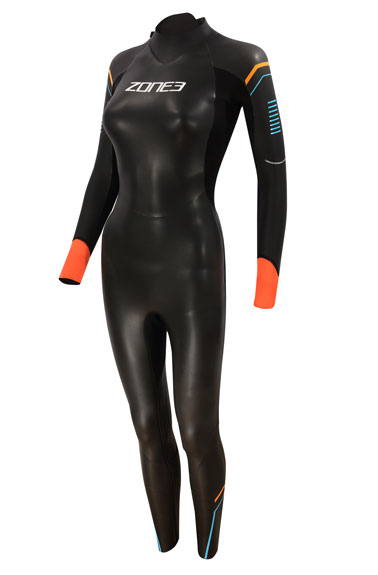
ZONE3 Women’s Aspect ‘Breaststroke’ Wetsuit, £159 (zone3.com)
If they’ve dived deeper in love with cold water swimming this year, a wetsuit might be a welcome investment. This Aspect suit from ZONE3 is made to allow more lateral leg movement than many other swimming wetsuits, making it ideal for people who prefer breaststroke to front crawl. We love the snazzy design with neon cuffs for extra visibility and high-stretch nylon panels for a smoother swim. Comes in men’s too, sizes XS-XL.

Proviz REFLECT360 Explorer Fleece-Lined Bobble Beanie – Grey, £24.99 (provizsports.com)
Proviz are leaders of the pack when it comes to reflective kit, and this snug bobble hat is ideal for winter walks – even if it’s just coming back from work or the shops after dark. The outer layer features Proviz’s ultra-reflective REFLECT360 yarn, above a soft and breathable micro-fleece lining.
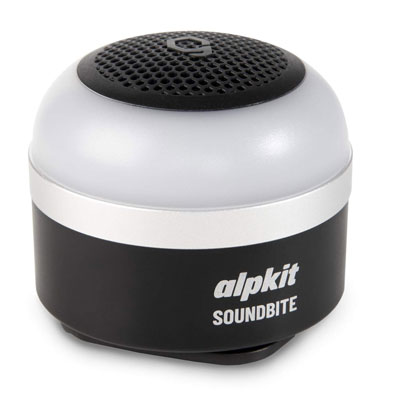
Alpkit Soundbite Bluetooth Speaker and Camping Lantern, £24.99 (was £34.99; alpkit.com)
Space and weight-saving kit is always a win for campers. This compact rechargeable speaker from British brand Alpkit doubles up as a lantern with three brightness settings, and there’s a handy hook for hanging it up, plus a magnetic clip for use on bikes or in the car.
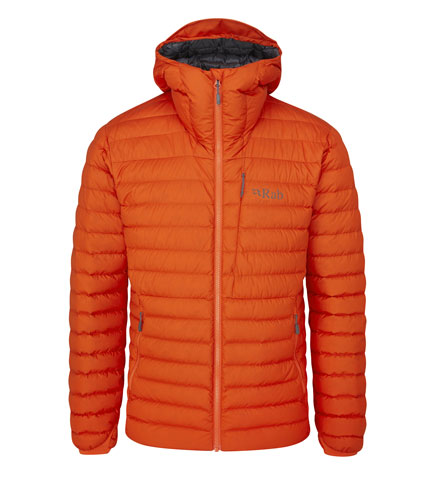
Rab Mens Infinity Microlight Jacket in Firecracker, £216 (was £240, trekitt.co.uk)
Jackets are a top bit of kit for outdoorsy sorts – and if they’re hoping to upgrade then Rab’s Infinity Microlight is worth a look. A great choice for hill walkers, it’s insulated with recycled down with a Gore-Tex Infinium membrane for warmth and breathability in changeable conditions. There’s also a hood, three zipped pockets, cord-adjustable hem and snazzy choice of colours. We love this Firecracker orange.
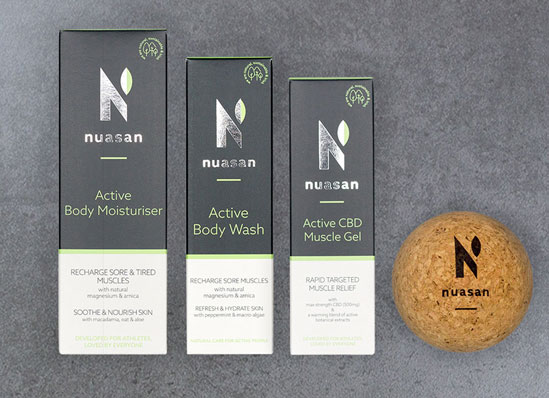
Nuasan Recovery Bundle, £69 (nuasan.com)
A hot shower or soak and some pampering skincare after a long day out in the elements is therapeutic and a treat. This ‘recovery bundle’ from Nuasan includes a muscle gel enriched with CBD, and a natural cork massage ball to help ease out those knots and tight spots from tired muscles.
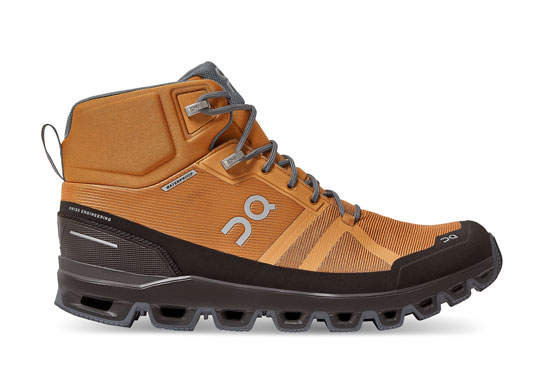
On Cloudrock Waterproof Hiking Boot, £180 (on-running.com)
Looking for a hiking boot that ticks some serious technical boxes – but is also lightweight and stylish? Featuring On’s signature pocketed soles for a flexible, responsive stride, this time with Missiongrip™ rubber for added grip out on the trails, the Cloudrocks are wind and waterproof and promise comfort in all elements. There’s a fab choice of colours; we love these pecan/brown ones.
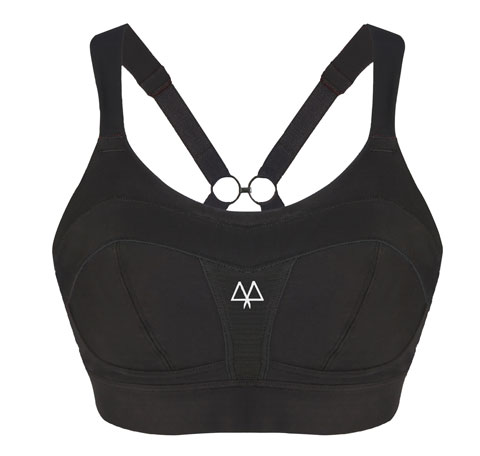
Maaree Solidarity High-Impact Sports Bra, £64 (maaree.com)
A good sports bra can be worth its weight in gold for those who need a bit of extra high-impact support. This one from Maaree has been getting rave reviews and scooped a Women’s Running magazine ‘Best in Test’, with sizes 30C to 38G available in two colours.
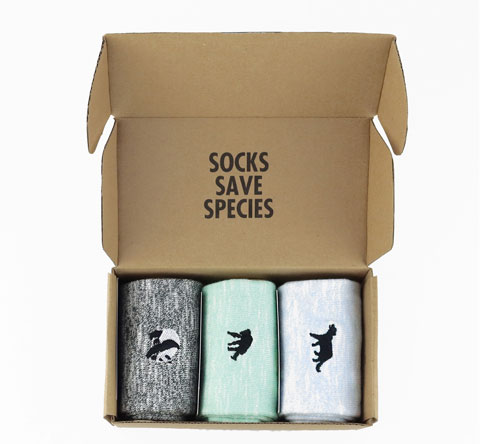
Critically Endangered Socks All 3 Speckled, £29.99 (criticallyendangered.co.uk)
Good socks are always a joy. Whilst these aren’t made for hard-going hikes, they’re made to last and are super soft – perfect for switching into on rest days and lounging after a day outdoors. Brand founder Dom was inspired to set up Critically Endangered after a trip to Borneo, with a percentage of sales helping support efforts to tackle rainforest destruction and protect endangered animals like orangutans.
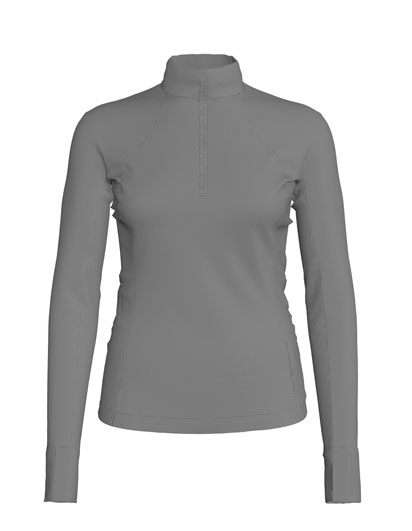
Lululemon Rulu Run Cropped 1/2 Zip Top, £88 (lululemon.co.uk)
Ideal for winter running – or wearing under a waterproof for cold-weather walks – this body-skimming top has long cuffs and thumb holes for keeping hands warms, plus a discreet zipped pocket for storing keys. The sweat-wicking, four-way stretch fabric is gorgeously soft and the waistline is an ideal length for fans of high-waisted leggings.
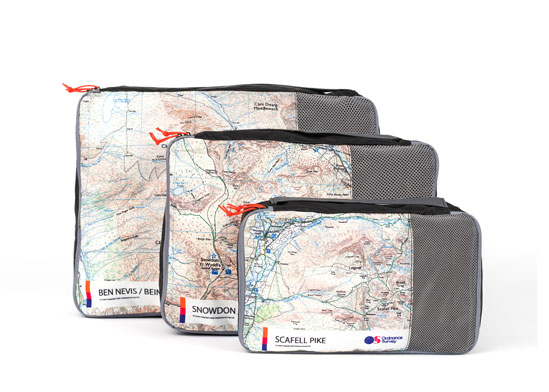
OS Packing Cubes, £32.99 (shop.ordnancesurvey.co.uk)
Ordnance Survey has a great range of kit and accessories. We love these packing cubes, featuring maps of the highest peaks in Scotland (Ben Nevis), Wales (Snowdon) and England (Scafell Pike). Having designated pouches to keep items separate in their backpack or suitcase will make packing much easier – not to mention being able to quickly find things without a ton of rummaging.
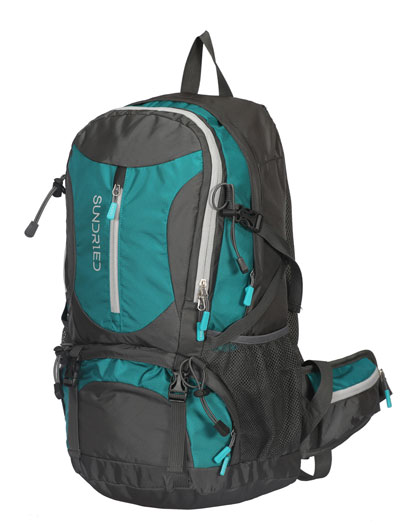
Sundried 30L Trekking Backpack, £65 (sundried.com)
A fab all-rounder whether they’re hitting the hills, gym or just lugging kit on the daily commute, this roomy backpack is loaded with pockets and compartments to keep shoes, bottles, clothes and any important essentials separate. There’s also a rain cover that tucks away into a pocket at the base, padded back panels, straps and waist belt, and a special pocket for adding a hydration bladder if needed.
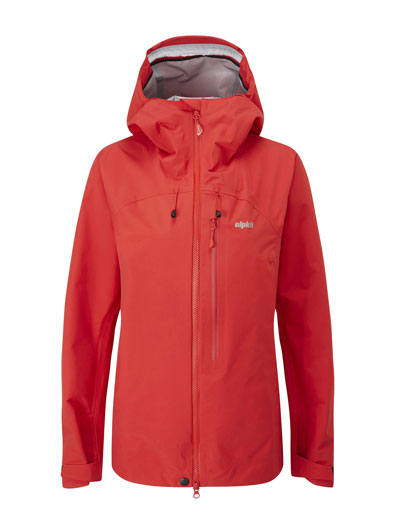
Alpkit Definition Women’s Mountaineering Waterproof Jacket, £249.99 (alpkit.com)
If they’ve really caught the hiking bug and are plotting to tackle year-round climbs, Alpkit’s Definition jacket not only looks super stylish, it ticks some serious technical design boxes too. With 3-layer construction, it’s waterproof, windproof and breathable, promising enhanced protection against the elements, as well as durability thanks to the abrasion-resistant outer fabric.

